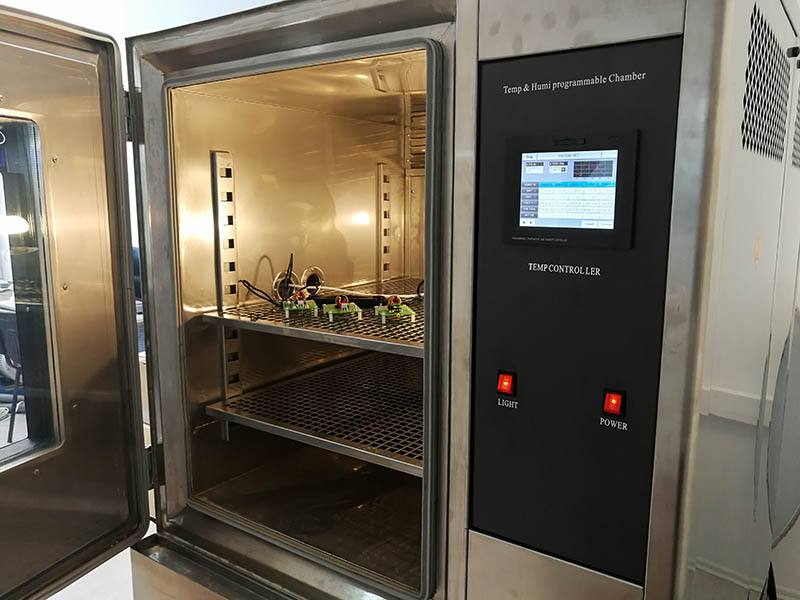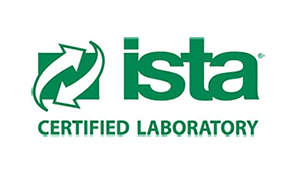Accelerated Aging Testing

Accelerated aging testing is performed on products to determine information on shelf life and to document expiration dates.
Accelerated aging testing is a method used to estimate the useful lifespan of a product when actual lifespan data is unavailable. This occurs with products that have not existed long enough to have gone through their useful lifespan: Example accelerated aging testing would be tests conducted on a new polymer or set of materials used in a device or component.
The test is carried out by subjecting the product to unusually high levels of stress, designed to accelerate the effects of normal use. Mechanical parts are cycled at higher than usual rates, in excess of what they would receive in normal usage. Polymers are often kept at elevated temperatures, in order to accelerate chemical breakdowns.
In addition, the device or material under test can be exposed to rapid (but controlled) changes in temperature, humidity, pressure, strain, etc. For example, cycles of heat and cold can simulate the effect of day and night for a few hours or minutes.
Real time aging must be performed in conjunction with any accelerated aging study to correlate the results found during accelerated aging.






